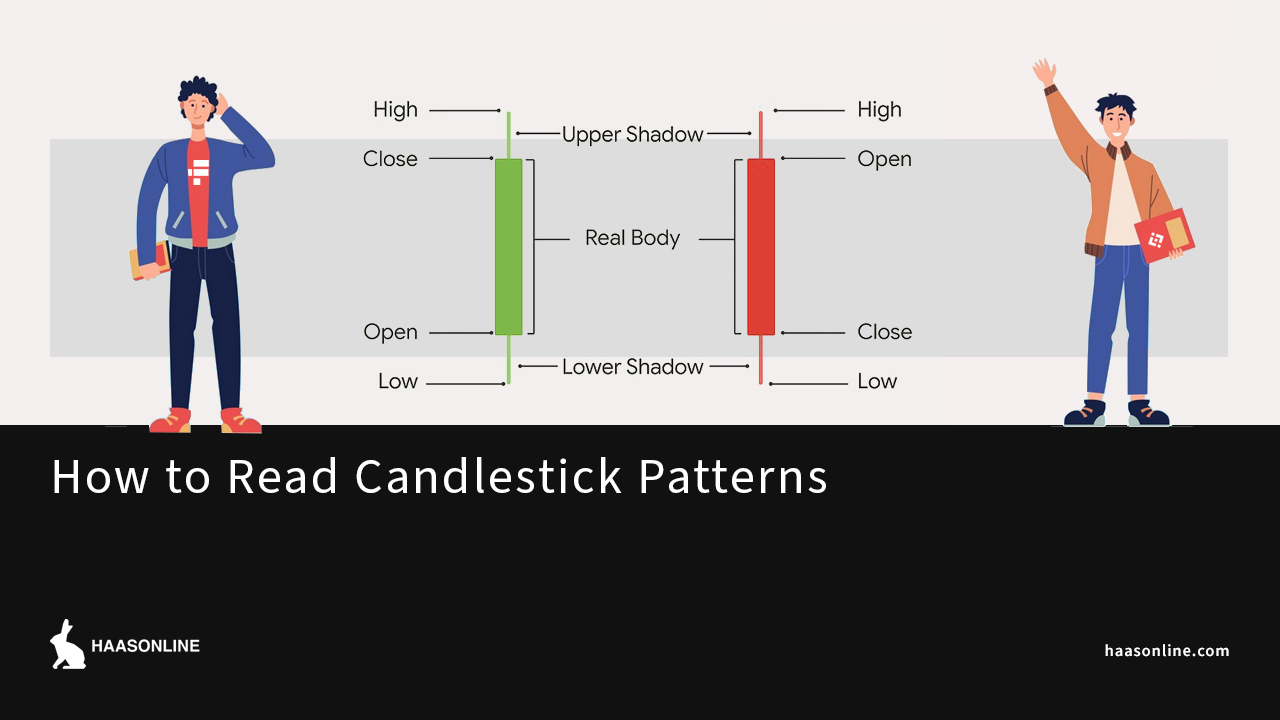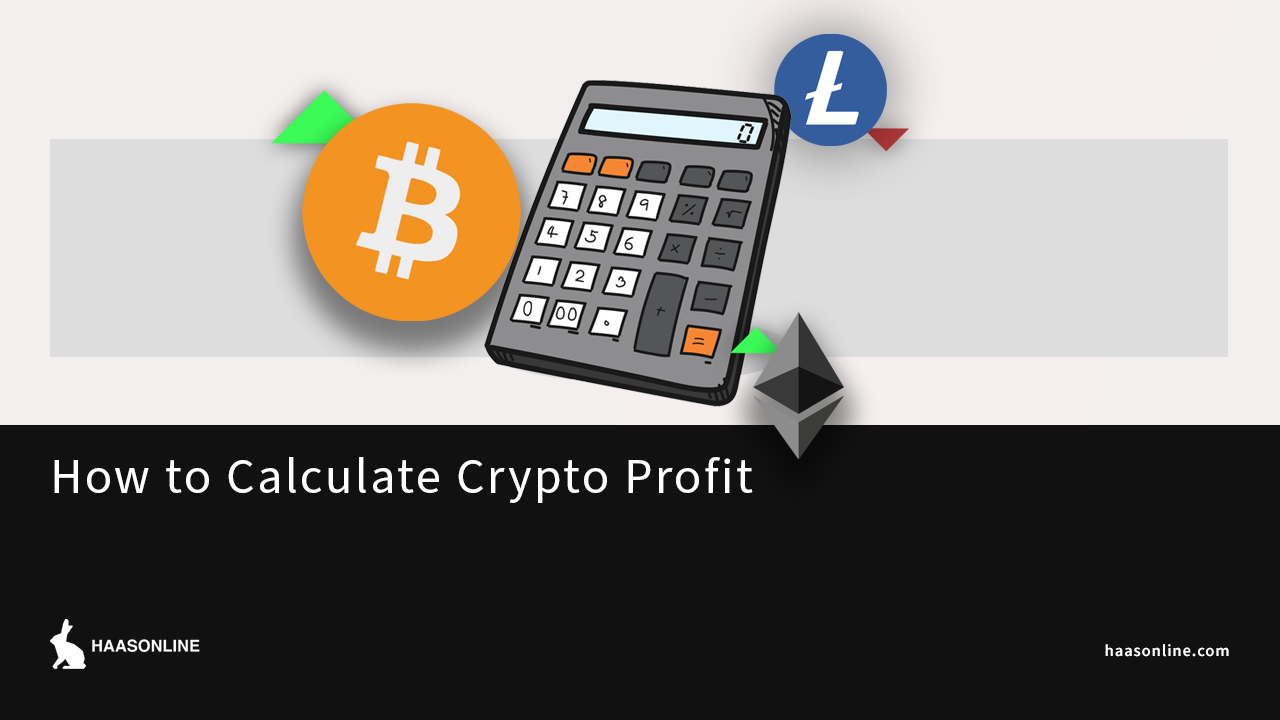How to Spot Pump and Dump Crypto
Old technique, new markets
If you have seen Scorsese’s award-winning comedy “The Wolf of Wall Street,” you are already familiar with the theory behind pump and dumpA pump and dump strategy is a type of investment scam where a group of individuals artificially inflate the price of a particular asset, then... schemes: Convince enough people to invest in a worthless asset you already own, and sell your shares just as the prices peak. You will sail away with your fortune, while the others will be left with completely worthless stocks. Well, at least until the law enforcement catches you red-handed.
The digital era has changed the specifics of pump and dump schemes just as it changed the stock market, but the logic behind the scam stays the same. The people in charge of the pump and dumps still sweep the profits, while others are left empty-handed at the end of a pump and dump operation. But crypto pumps and dumps are different from regular stock scams in an important way: They are not quite illegal (yet) and crypto con-artists can steal millions of dollars from investors without facing consequences.
In this guide, we will take a look at how pump and dump schemes work in crypto markets and advise you on how to spot pump and dump schemes that are designed to rob you of your money.
Cryptocurrency Pump and Dump
Pump and dump schemes, or “rug pulls” as they are called in crypto circles, are an unfortunate part of the crypto ecosystem. The combination of the FOMO (fear of missing out) mentality with the staggering lack of regulations in crypto markets provide the perfect breeding ground for money-grabbing schemes that target crypto investors.
Orchestrators of the crypto pump and dump schemes use the internet and social media very effectively in order to promote crypto coins that are essentially useless. They use Twitter, Reddit, Discord, Facebook, Instagram, and any other social media platform to quickly “get the word out” about this new and promising coinA cryptocurrency coin is a digital form of currency that uses encryption techniques to regulate the generation of units and verify the transfer of funds...., often paying influencers and even celebrities to promote what they are selling.
Aggressive marketing tactics draw in unsuspecting traders who already regret not having invested in BitcoinBitcoin is like a digital treasure that you can use to buy things online. It's like having a secret code that only you know, and... when prices were low and imagine they can still become millionaires if they invest just a couple of hundred dollars in a new crypto project that is said to “go to the moon” or in plain people’s talk, to be worth thousands of dollars. Predictably, that doesn’t happen. Even when crypto prices rise due to increasing demand, regular investors can’t really take advantage of it: most pump and dumpers use trading bots that can trade much faster than the average investor. The orchestrators usually have the biggest share of coins, and as soon as they sell, the market crashes as pumpers sweep all the profits.
Most pump and dump schemes involve “shitcoins” that don’t have legitimate business models or products; there might be a “developing product in the works,” but more often, they are only selling an idea. Not every shitcoin is promoted by anonymous internet trolls either: the DOGE “joke coin” jumped up after Elon Musk tweeted about the cryptocurrencyCryptocurrency is a digital or virtual currency that uses cryptography for security and operates independently of a central bank. Cryptocurrencies use decentralized technology called blockchain..., and its market cap surpassed 50 billion dollars.
How Do Crypto Pump and Dump Schemes Work?
So how do you avoid buying into a pump and dump crypto scheme? Interestingly enough, not all crypto pump and dumps manage to hide their intent: There are several crypto pump groups on social media (Discord seems to be the platform of choice), with tens of thousands of members who all know the pump is coming when the pump signal is announced, and yet they still join in, hoping to cash out early while still making a profit. Most don’t, but some earn enough to enjoy another round, just like gambling in a casino. Of course, the group administrators usually buy a huge amount a few minutes before everyone, so they still have the advantage: in fact, it is only thanks to the group they are able to make big profits. The house always wins, as they say.
But not everyone becomes part of a pump and dump scheme knowingly: when the pump operation starts off, some join because they are tempted by increasing prices. Or in some cases, people invest in pump and dump cryptos because they think the project actually offers long-term value: a product or service that will take off just like Bitcoin did. Rarely, however, a cryptocurrency project has any actual product or service.
Between 2017 and 2018, initial coin offering (ICOs) raised billions of dollars for cryptocurrency-based products and services. According to research, almost 80% of those projects were nothing but pump and dump schemes and Ponzi scams, including some of the biggest and most well-known projects.
Pump and Dump Bitcoin
You may think Bitcoin isn’t prone to pump and dumps; after all, it is the world’s biggest cryptocurrency and it isn’t a scam coin controlled by market manipulators. But research shows that it can still be manipulated.
Much like other cryptocurrencies, Bitcoin is a speculative asset. Since it is more expensive and more decentralized than any other cryptocurrency, it is harder for Discord or Telegram groups to manipulate the price of Bitcoin. But Bitcoin is still vulnerable to speculation: a person with a big enough platform can push the market prices either way depending on the message. Elon Musk is notorious for having a disproportionate effect on Bitcoin prices, which of course benefits him and his company.
How Tether Possibly Caused Bitcoin Pump and Dump
Aside from Elon Musk, there seems to be another and possibly bigger threat to Bitcoin’s price integrity: stablecoins dominate Bitcoin trading. Less than 15% percent of all Bitcoin trading takes place against fiatFiat refers to any government-issued currency that is not backed by a physical commodity, such as gold or silver. Examples of fiat currencies include the... currencies. According to crypto research firm Kaiko, 70% of all Bitcoin trading is against stablecoinStablecoins are a type of cryptocurrency that is designed to maintain a stable value relative to another asset, such as the US dollar, gold, or... Tether (USDT). And while Tether claims all USDT on the market is backed by U.S. dollars, a huge controversy surrounds the actual reserves of the stablecoin issuer.
In 2019, two finance professors raised the alarm against Tether’s disproportionate effect on Bitcoin prices. Researchers claim Tether has been used to pump up Bitcoin prices during the Bitcoin price rally in 2017. That means the Bitcoin price crash in January 2018 might be due to the effects of a pump and dump operation.
How to Spot Pump and Dump Crypto
The most obvious way to spot a pump and dump seems like research: Investors are often told they should check out the project’s own website and social media, read its white paper, and learn about the team responsible for developing the product. But ICO experience shows that it is very easy to whip up a reasonable white paper, a professional-looking web page, and generate fake news about possible institutional partnerships. So what else?
Researching all of the above is a must but it may not be enough to separate a pump and dump scheme from a genuinely worthy project. Unfortunately, most of the crypto market is made up of pump and dump schemes; finding a good project is akin to finding a needle in a haystack. So be vigilant: If the project has been around for a long time without fulfilling its promises, recognize it as a red flag. If there is a buzz about the coin in question on social media, or you hear influencers and celebrities (gamers, fashionistas, musicians, and so on) talk about it on the internet, don’t let the FOMO mindset take over. Educate yourself on cryptocurrency-related topics, assume the worst, and then start your research. And most importantly, follow the old adage: don’t invest more than you are willing to lose.




